Do you know everything that happened before Japan became peaceful? In this article, we will look at atrocities committed by the Japanese military before or during World War II. Some things are so brutal that it's almost impossible to understand them.
Within Japan itself, the population has always lived in an endless millenary war. The country is famous for its long history of Samurai warfare, but little is said of the international events between the First and Second World War.
Despite the atrocities committed by some military personnel, do not become one by viewing the cases in this article with racial hatred. Because currently Japan is one of the most peaceful nations in the world. As much as Japan and many try to forget or ignore it's important that we remember the horrible crimes in our history to ensure they never happen again.
We also recommend reading:
- 25 Best Warship and Naval Battle Games
- War Anime — Discover the 25 Best
- Japanese Wars History - List of Conflicts
Table of Content
The Nanking Massacre
The Nanjing Massacre was an episode of mass murder and rape committed by Japanese troops against residents of Nanjing, capital of China during the Second Sino-Japanese War (1937–1945). The massacre took the lives of over 300,000 Chinese.
During the taking of the city some soldiers competed to see who could kill the most people. Many Chinese women were kidnapped and used as sex slaves. About 80,000 Chinese women were raped during the occupation.
At first, women were killed immediately after being raped. They were often killed through explicit mutilation. Small children were not exempt from these atrocities and were also captured for rape.
These atrocities lasted more than 2 months and decreased with the order (December 1937). The generals and some soldiers responsible for the attack were tried and sentenced to death by the Japanese court itself after World War II.
To learn more, also read: Why did Japan attack Pearl Harbor?
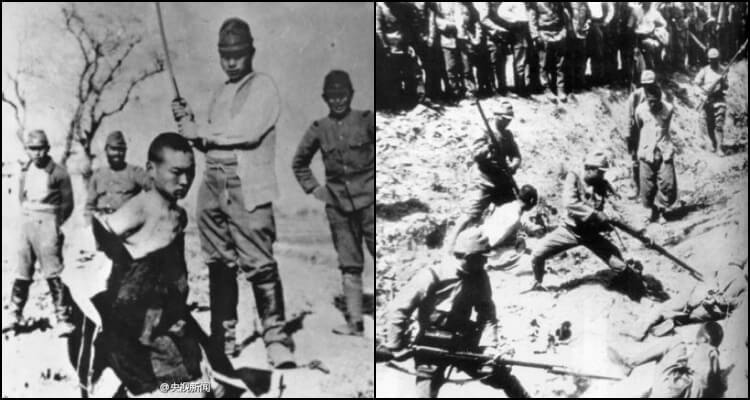
Comfort women
In addition to what happened in Nanking during the Second Sino-Japanese War, the Japanese are believed to have forced over 200,000 women into sexual intercourse. They were called comfort women, most were Korean.
They were sent across East Asia to work in brothels that served the Japanese military. The brothels operated long hours and the women were rarely given time off, having repeatedly forced intercourse every day for years.
In 2015, Japan's prime minister officially apologized for the practice and agreed to pay a sum of 1 billion yen, or about $9 million, to the 46 comfort women survivors.
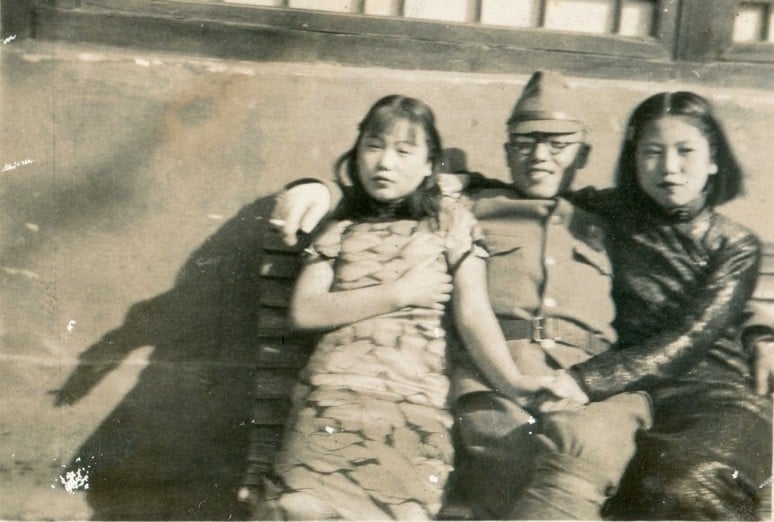
Unit 371
Unit 731 (Nana-san-ichi Butai) was the unit where the Epidemic Prevention and Water Purification Department of the Kwantung Army was located in the Pingfang district of the former puppet state of Manchukuo, northeastern China.
The site was a front to hide human experiments on Chinese, Russian, Mongol, Korean, and even Allied civilians and POWs. Common criminals, captured enemies and anti-Japanese partisans were also used.
Among Unit 371's experiments, prisoners were infected with venereal diseases for study on the human body. Some underwent Vivisection without anesthesia to study the effect of disease on organs. Others were raped by guards.
Some prisoners were subjected to cold temperature tests to study the effects of freezing cold. Others were test targets with firearms such as grenades and flamethrowers and biological weapons. Others were left without food and water.
Read also: Unit 731 - Dark Side of Japan
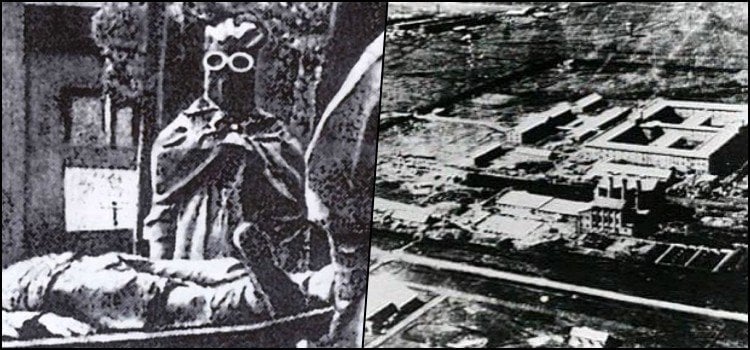
death by rail
During the occupation of Southeast Asian territories, the Japanese decided to build a railway linking Thailand and Burma. The railroad would traverse incredibly dense jungle and be built largely by hand.
The Japanese rounded up 60,000 prisoners of war and 200,000 enslaved local workers and forced them to work day and night through monsoons and stifling heat. Workers were given only rice to eat.
The wounded and sick were left to die. The dangers included dengue fever, cholera, tropical ulcers and an extreme vitamin B deficiency that led many to paralysis.
The Bataan Death March
The atrocities in Baatan, Philippines began in 1942, when the region was surrendered to Japan. The Japanese, unprepared for the large number of POWs, ordered all 75,000 of them to march through the jungle.
This march became known as the Bataan Death March. Japanese soldiers, who saw surrender as a sign of weakness, beat captives incessantly. Some were left behind due to lack of water, the heat of the jungle or exhaustion.
The stragglers were either beheaded or simply left to perish. An estimated 2,500 Filipinos and 500 Americans perished on the march. About 26,000 Filipinos succumbed to disease or starvation in the prison camp.

The Bangka Island Massacre
As Allied forces abandoned Singapore after the Japanese took control, Japanese planes bombed the sea in an effort to sink as many fleeing transport ships as possible.
One of these ships had 65 Australian nurses, 53 of whom managed to swim to the tiny Japanese-controlled island of Bangka after the transport sank.
The Japanese soldiers rounded up as many people as possible, including wounded servicemen, Allied soldiers, and some of the nurses. The Japanese then mounted a machine gun on the beach, ordered everyone into the shallows, and shot them down. Only two survived the incident.
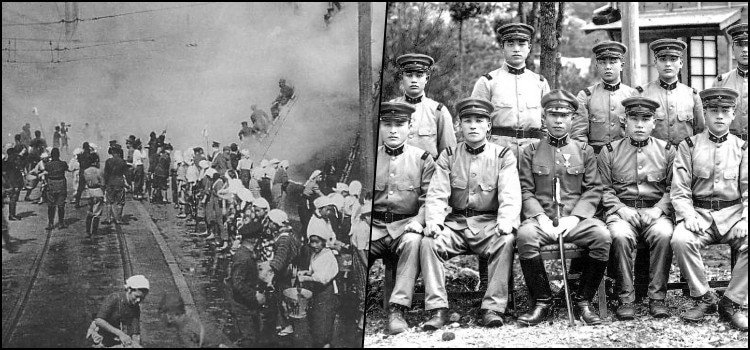
The Sandakan Death March
Considered the worst military atrocity in Australian history, the Sandakan Death March is little known outside of that country. The incident took place towards the end of World War II when the Japanese were fleeing.
They abandoned the Sandakan POW camp in Borneo, forcing the soldiers interned there to march through the jungle to Ranau with them until they perished from starvation or disease. More than 2,345 Australian POWs died.
The lack of food even affected the Japanese, some killed themselves and resorted to cannibalism. Things like this didn't just happen in Australia, but in many places during the war. Some prisoners and allies were even eaten alive.
The Attack on Pearl Harbor
On December 7, 1941, in the early morning, the Japanese bombed the American base at Pearl Harbor in Hawaii. It was a bloody and violent event that killed over 2,000 Americans, injured many people and destroyed many ships.
Many of the dead were only 17 and 18 years old, some were firefighters and family. The attack happened because the US meddled and froze all Japanese assets that were in the US and embargoed oil imports, taking power away from Japan.
We know that Pearl Harbor made Americans very angry with the Japanese, thus destroying two populated cities in Japan, Hiroshima and Nagasaki, with a nuclear bomb. The attack was also a surprise and killed 100 times more innocent people.
Attacks on American Cities: In addition to Pearl Harbor, Japan also carried out air strikes on other American cities such as San Francisco and Los Angeles. These attacks resulted in few casualties but caused panic among the American population.
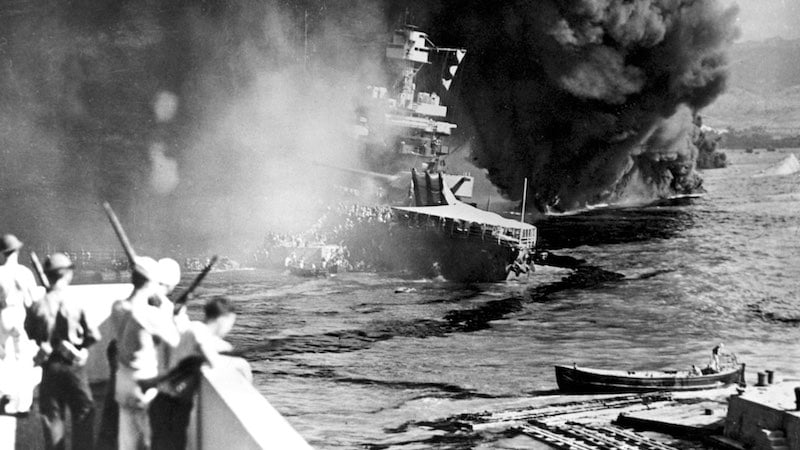
The I-8 Submarine Massacre
The crew of the Japanese submarine I-8 committed a couple of atrocities during World War II. First, they sank a Dutch freighter and took the crew hostage.
They beat many of them with bayonets and swords until they died, then tied the survivors to the hull of the submarine, which sank to the bottom of the sea. Only six people survived.
The I-8 crew sank an American freighter, again taking over 100 prisoners, and attacked them with hammers and blades. About 23 Americans survived this second attack.
The Battle of Manila
In 1945 in Manila, Philippines, the Japanese army was ordered to retreat by military leaders. Ignoring this order, the Japanese stationed in the city decided to destroy it, killing as many civilians as possible.
They raped, shot, mutilated, and beheaded Filipinos until the Allies killed all of the city's 16,000+ Japanese soldiers as a result of their refusal to surrender. About 100,000 Filipinos died.
Remembered today as a national tragedy, the Battle of Manila cost the Filipinos, in addition to thousands of human lives, the destruction of countless and irreparable historical treasures, colleges, churches, convents, universities and historic monasteries.
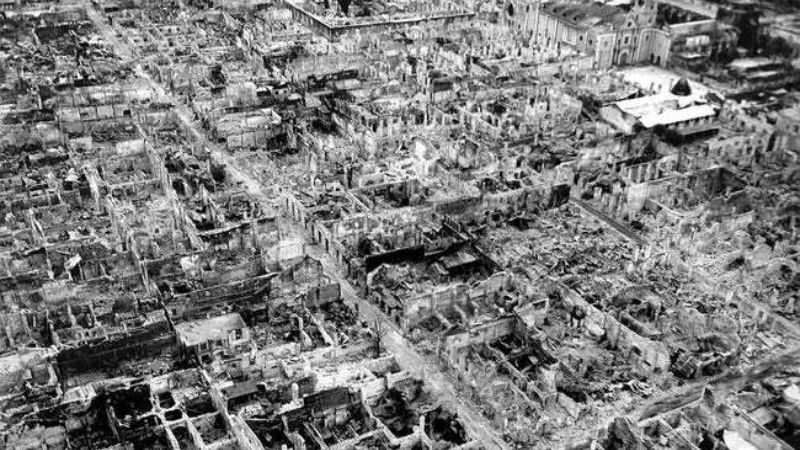
Operation Sook Ching
After taking control of Singapore in February 1942, the Japanese decided to eradicate any Chinese in the city who might oppose Japanese rule, including the military, leftists, communists, and those with guns.
This is how the Sook Ching Operation began. In Japanese, the name was Operation Dai Kensho, or "great inspection." The operation resulted in several massacres, typically by machine gun, of groups of ethnically Chinese men.
The official Japanese figure for the operation was 5,000 casualties, although according to a Japanese reporter in Singapore, the figure was around 50,000.
The occupation of Nauru
The Japanese occupied Nauru, a small equatorial island east of Papua New Guinea, from 1942 until the end of World War II. During this period, they committed a number of atrocities, including the execution of several Australian officers.
At the time, Nauru was home to a leper colony. The Japanese rounded up the lepers, put them in boats, took them out to sea, and then blew up the boats with everyone on board. They also displaced around 1,200 native Nauru to other islands.
Many of these displaced people died of starvation or disease before the end of World War II, meaning that the Japanese essentially committed the genocide of the Nauru people.

The Palawan Massacre
The Palawan POW camp in the Philippines was a hell of a place. According to survivors' accounts, two American soldiers had their left arms broken with a pipe just for eating a papaya so they wouldn't starve to death.
On December 14, 1944, the Japanese forced all 150 Americans in the camp into wooden buildings. They then set fire to the buildings, only 40 men managed to escape the burning buildings.
Some tried to escape by swimming in a nearby bay and were shot. Others tried to hide among the rocks near the bay, but were found and killed. In the end 11 Americans survived that night.
Other Japanese attacks and war crimes
The Invasion of Hong Kong – In December 1941 during the Pacific War, Japan invaded Hong Kong with an order not to take prisoners. Anyone found defending the island, including British doctors, were shot with a bayonet.
Massacres in Port Blair – The Japanese committed numerous atrocities in the Bay of Bengal. Japanese soldiers tortured high-ranking Indian officers allied with Allied forces.
The Basket of Pigs Massacre – When East Java surrendered to the Japanese, some soldiers fled to the hills. The captured soldiers were forced into bamboo crates made to transport pigs. They were transported in trucks exposed to 100-degree heat, loaded onto boats and dumped into shark-infested waters.
The Alexandra Hospital Massacre – Japanese soldiers entered the British-run Alexandra Hospital, went from room to room indiscriminately beating patients, doctors and nurses. 100 men were trapped in suffocating sheds and killed the next day.
Laha airport massacre – The Japanese executed over 200 Dutch and Australians near Laha airfield on Ambon Island. Most soldiers were beheaded or killed by a bayonet and buried in mass graves.
The Enemy Aviator Massacre – Even after the Emperor's decree and Japan surrendered at the end of the War, some frantic Japanese soldiers decapitated some captured airmen.
Attacks on Chinese cities - In addition to the famous Nankin attack, other Chinese cities also suffered attacks from the Japanese, such as Wuhan and Shanghai.
Attack on minorities - Japan has also been accused of having committed genocide of other ethnic minorities, such as the Ainu, an indigenous tribe of Japan, and Koreans.
What is Japan's punishment for these crimes?
After World War II, Japan was subjected to a trial process for crimes committed during the war by the International Military Tribunal for the Far East (IMTFE). This court was created by the Allies to try Japanese military and political leaders for war crimes and crimes against humanity committed during the war.
As a result of the trial, many Japanese military and political leaders were sentenced to death or long prison terms. Some examples include General Hideki Tojo and also General Tomoyuki Yamashita, both sentenced to death for a war crime.
In addition to the judgment by the IMTFE, Japan was also required to pay damages for damage caused during the war to other countries, including China and the Pacific Island countries. Japan was also forced to disarm and renounce its territorial conquests.
We recommend reading: Is it true that Japan has no armies?
